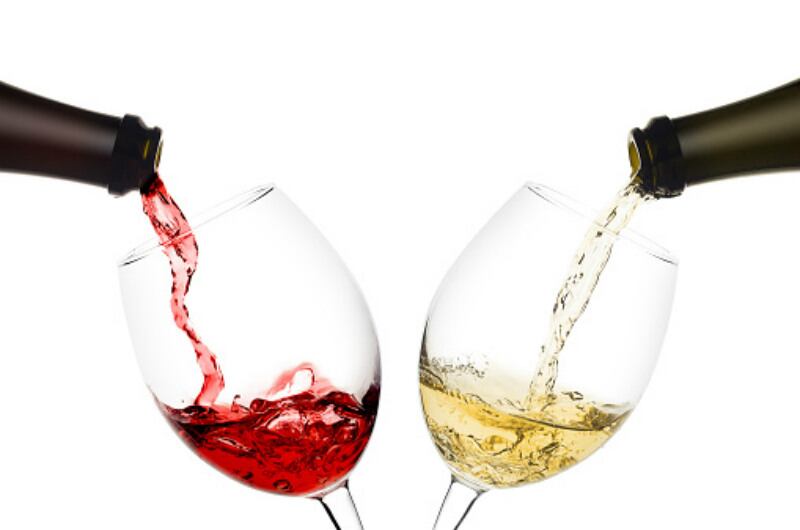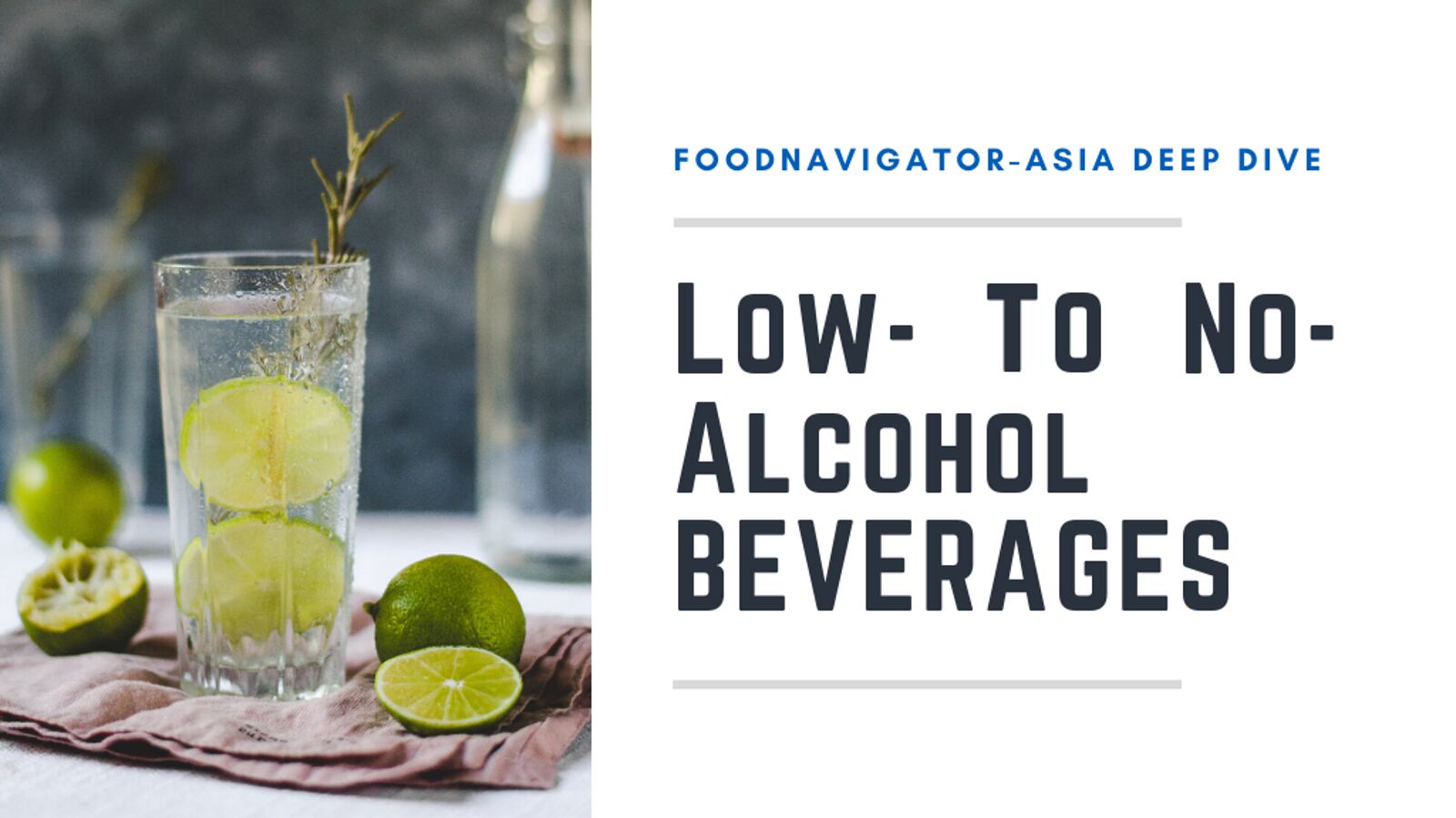Researchers wanted to understand consumers awareness and preferences of different sparkling wine styles, including French Champagne and Australian sparkling white, red and rosé wine, Moscato (Italian) and Prosecco (Italian).
It is hoped the findings obtained from this study could present wine producers with new opportunities to better target their products and marketing to the specific needs and expectations of consumers within different segments of the Australian domestic market.
Online survey
The study was published in the journal, Beverages, via an online survey of 1027 regular sparkling wine consumers (at least 12 times per year).
It consists of a questionnaire which collected data on demographics as well as preference and attitudes towards different sparkling wine styles.
The survey also included the Fine Wine Instrument (FWI), a model to segment consumers based on their knowledge of wine.
Consumers were grouped into Enthusiast (exhibit connoisseur-like behaviour, knowledgeable about wine), Aspirant (less knowledgeable about wine, and less confident and adventurous in their wine-purchasing abilities) and No Frills (display little connoisseur-type behaviour, have little wine knowledge or involvement).
Different groups, different preferences
From the survey findings, it seems that the No Frills group was predominately female (65%) while the Enthusiast group were mostly male (62%).
Almost 55% of the Aspirant segment were male.
The Enthusiast group was observed to be better educated (66% holding tertiary qualifications), and 64% were under 35 years of age.
Researchers highlighted the potential value in tailoring wine marketing strategies towards this demographic. “Australian sparkling wine producers might similarly benefit from targeting a younger, male demographic, in order to better engage Enthusiast consumers.”
Sparkling white first, Prosecco last
As expected, the no frills group demonstrated the least familiarity with Prosecco, Champagne, Moscato, sparkling rosé and sparkling red wines, a vast contrast to the enthusiast group.
Aspirant frequencies for all wine styles, sat between the No Frills and Enthusiast segments.
The majority of purchases made by Aspirants and Enthusiasts were under AU$50 (USD30), but even then, approximately 60% of each of these groups do not purchase Prosecco.
In addition, sparkling white wine and Champagne were generally the preferred styles for each consumer group, followed by Moscato and sparkling rosé wine.
Overall, they were the least familiar with Prosecco.
Researchers expressed: “(While) Italian sparkling wines have enjoyed considerable (international) growth in recent years, most of the Australian consumers surveyed did not consume it regularly. In fact, almost 25% of consumers were unfamiliar with the style, suggesting Australian wine producers might benefit from further marketing this style.”
Limitations and opportunities
There are several limitations to this study, due to possible sample and self-selection biases of survey respondents.
“Despite a recruited convenience sample of approximately 1000 Australian regular sparkling wine consumers, it should be acknowledged that the participants may not be entirely representative of the broader Australian sparkling wine consuming population,” researchers acknowledged.
In addition, the survey required participants to self-report data, which could also lead to accuracy issues.
Opportunities for future research include consumer tastings to determine sparkling wine preferences, as well as an exploration of consumers’ knowledge of sparkling wine production.
The study could be replicated in other countries to determine how cultural influences may affect consumer behaviour.
Source: Beverages
https://doi.org/10.3390/beverages6010014
“Understanding Australian Wine Consumers’ Preferences for Different Sparkling Wine Styles”
Authors: Naomi Verdonk, et al.




